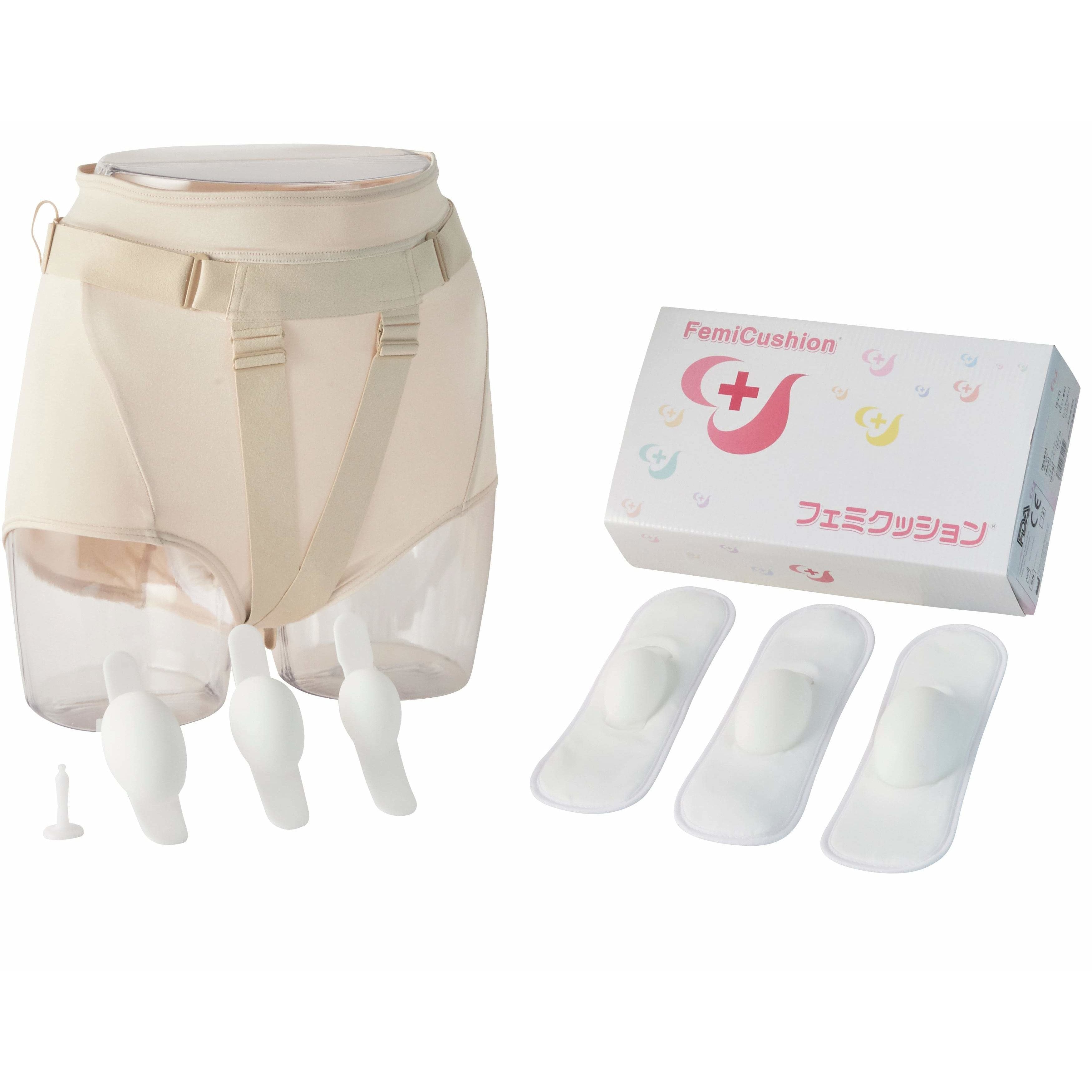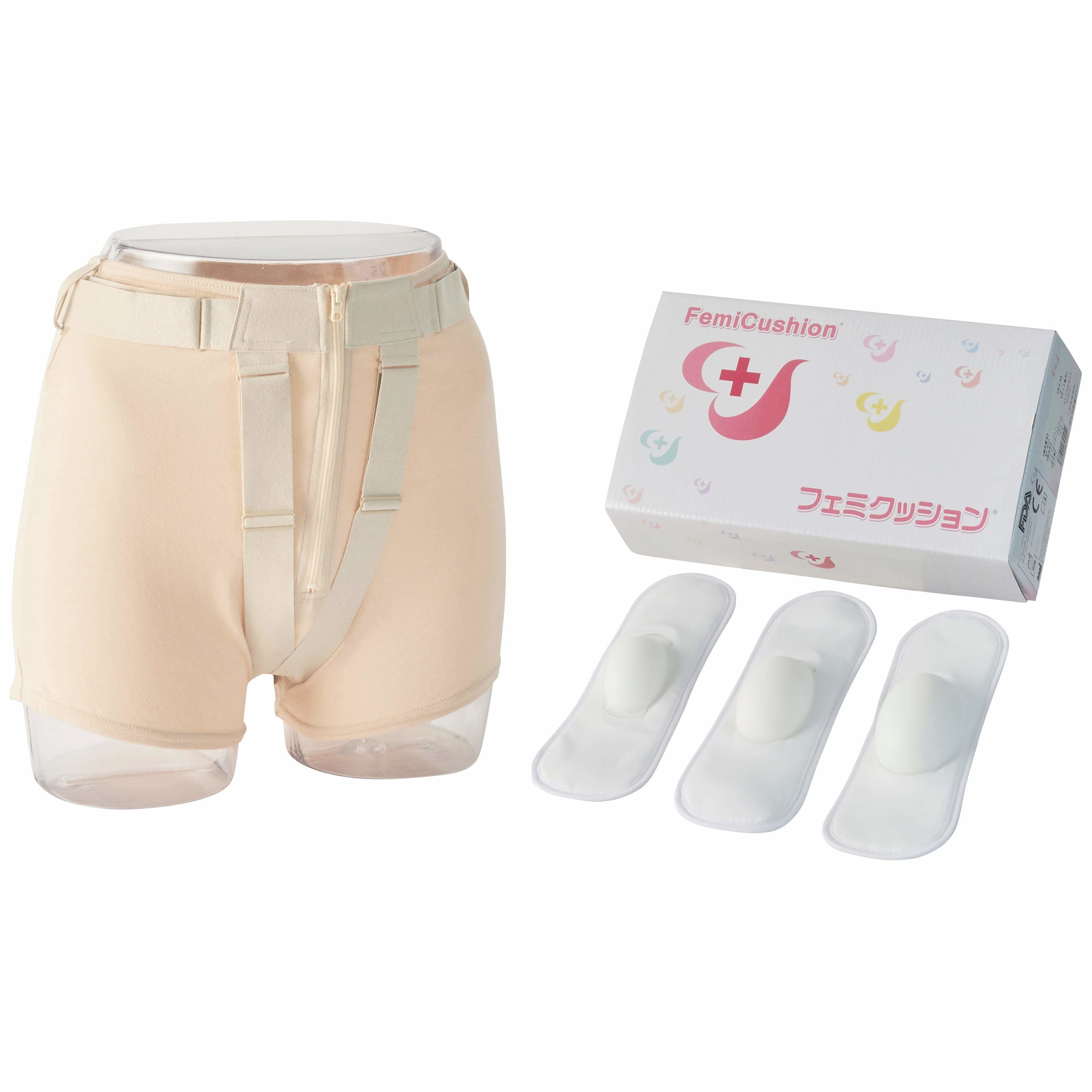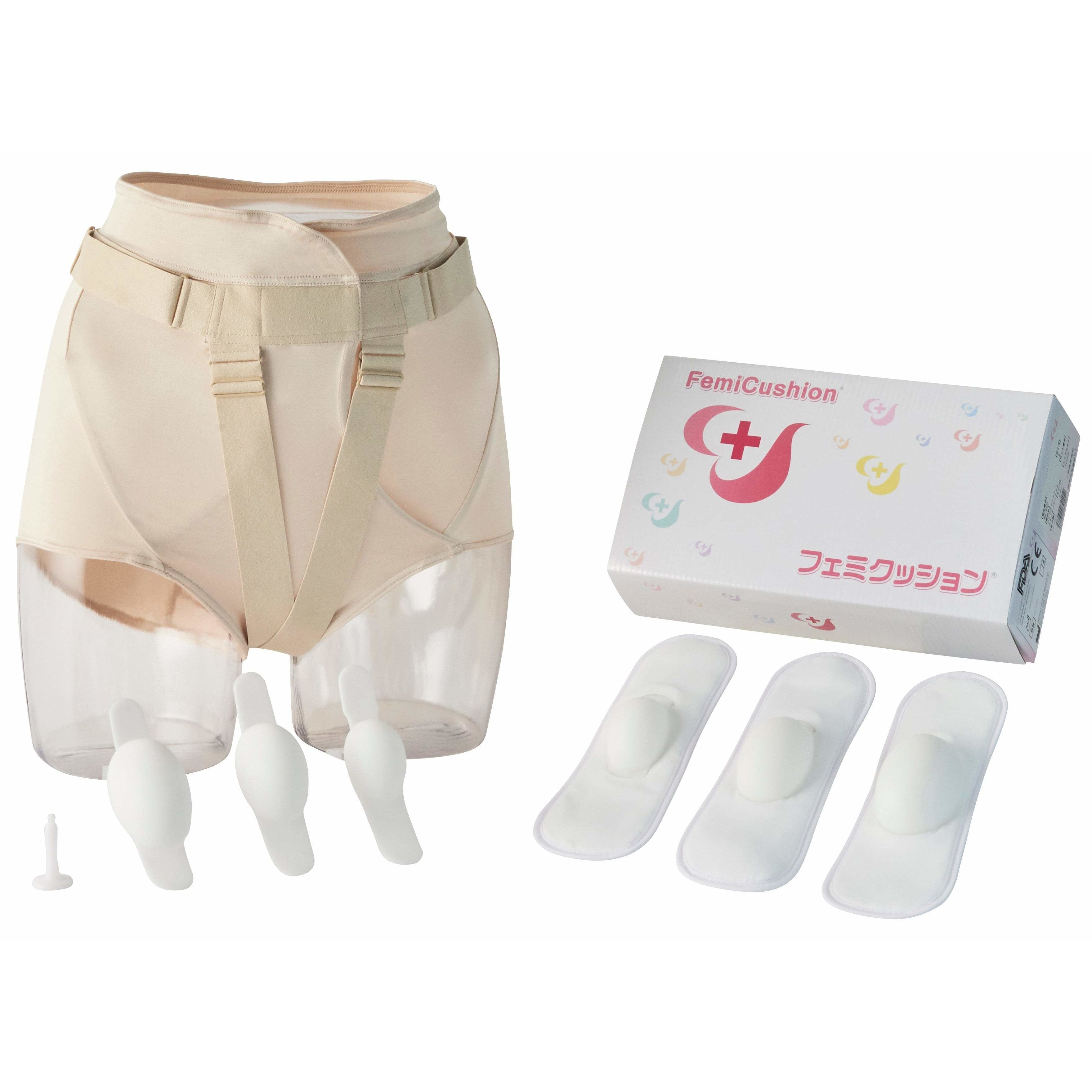Female Overactive Bladder: Polyuria Causes & Symptoms
Summary
Table of Contents

Needing to use the bathroom feels like a universal experience. If you notice that you need to go all the time, much more frequently than your friends or family members, you may have signs of female overactive bladder. Overactive bladder, or polyuria, is a problem that affects about 15% of the population. It’s more common in women, particularly older women who have gone through childbirth. If you think that you may fit the description, there are a few things you should know.
What Is Polyuria?
Although it may seem like urinary frequency is entirely subjective, there are situations that call for a diagnosis of overactive bladder. Many people understand an urgent need to urinate, particularly after a long drive or meeting. For women with polyuria, however, this situation is consistent and happens many times throughout the day. As a general rule, doctors will diagnose a patient with polyuria if she consistently needs to urinate at least eight times in a 24-hour period.
Although the primary aspect of the condition is frequent urination, there are other factors in play, such as urinary urgency or incontinence. The problem occurs independent of the amount of urine in the bladder. As such, people with overactive bladder might feel these symptoms regardless of how much liquid they consume, or how recently they last used the restroom.
Causes of Overactive Bladder
Overactive bladder is not a condition by itself. Rather, it often shows up as a symptom of another health concern, such as:
- Diabetes
- Kidney disease
- Multiple sclerosis
- Parkinson’s disease
Overactive bladder is more likely to occur in women who are pregnant, have had pelvic surgery or as a side effect of childbirth. It’s also more common in women as they get older, particularly as they go through menopause.
Common polyuria causes also relate to diet or medication. People who regularly consume diuretics such as caffeinated drinks or alcohol, or who have an electrolyte imbalance, are more likely to need to urinate as a result. Certain medications can increase urine production or urgency. As part of a diagnostic plan, doctors may ask you keep a diary of your food, liquid and medicine consumption, to try to identify a pattern.
Symptoms of Polyuria
Polyuria symptoms include:
- Needing to urinate at least eight times each day
- Feeling urinary urgency when the bladder should not be full
- Frequent need to urinate at night
If you have one or more of these symptoms, you should talk to your doctor about diagnosis and treatment options.
Overactive Bladder and Urinary Incontinence
Polyuria and urinary incontinence are closely related. Up to 40% of women who have symptoms of overactive bladder will also have signs of incontinence. Specifically, the urgent need to urinate can sometimes result in an immediate loss of urine. Since these symptoms often occur together, it’s important for you to discuss your experience with both when you consult your doctor. That way, you can find a diagnosis and treatment plan that addresses the most likely cause.
Testing for Polyuria
Although part of the assessment for overactive bladder is based on your experience and the way that you feel, your doctor may use a few tools to get more information about the possible causes. These include:
- Urinalysis to see if a UTI is causing the problem
- Testing to determine urinary flow and identify any blockage
- Measuring ability to empty the bladder fully, through use of a catheter
- Filling the bladder with liquid and determining if the patient can hold the urine while coughing
Tests depend on the severity of the polyuria and the doctor’s ability to isolate a cause from the results.
Overactive Bladder Treatments
Needing to urinate more frequently is a common part of getting older, but experts emphasize that overactive bladder is not a normal part of aging. For women who have to get up several times a night to urinate, or who feel an urgent need to urinate dozens of times per day, treatment is an important part of care.
Treatment for polyuria usually starts by identifying and treating any health conditions that may be causing the problem. For other causes, doctors may recommend that you make changes to your diet or liquid consumption habits, do Kegel exercises to strengthen your pelvic floor or schedule bathroom trips. Behavioral therapies can also help you change behaviors that contribute to problematic toileting habits. For more serious cases, your doctor may recommend treatments such as nerve stimulation therapy, Botox or surgery.
Dealing with overactive bladder or incontinence doesn’t have to be something that you do alone. There are many tools and therapies that may help, such as Botox for incontinence or pelvic floor therapy. FemiCushion is a device that helps women manage the effects of these and other conditions. Contact us to learn more about our products.
Supervising Doctor of This Article

Koichi Nagao, MD PhD
Professor, Department of Urology, Toho University Faculty of Medicine
Director of Urinary tract reconstruction center, Toho University Omori Medical Center
Director of Reproduction Center, Toho University Omori Medical Center
Professor Nagao specializes in plastic surgery in the field of reproductive medicine. He completed eight years of plastic surgery training at Showa University before majoring in urology at Toho University. With his meticulous surgical techniques and careful examinations that combines urology and plastic surgery, Professor Nagao became a Board Certified Specialist with multiple associations including the Japanese Urological Association, the Japan Society for Reproductive Medicine, and the Japanese Society for Sexual Medicine.
The suggested Products

مجموعة أدوات Deluxe Standard Deluxe Kit
$299.99

مجموعة أدوات FemiCuslion Lite
$249.99

مجموعة FemiCushion EasyOpen Deluxe
$299.99
